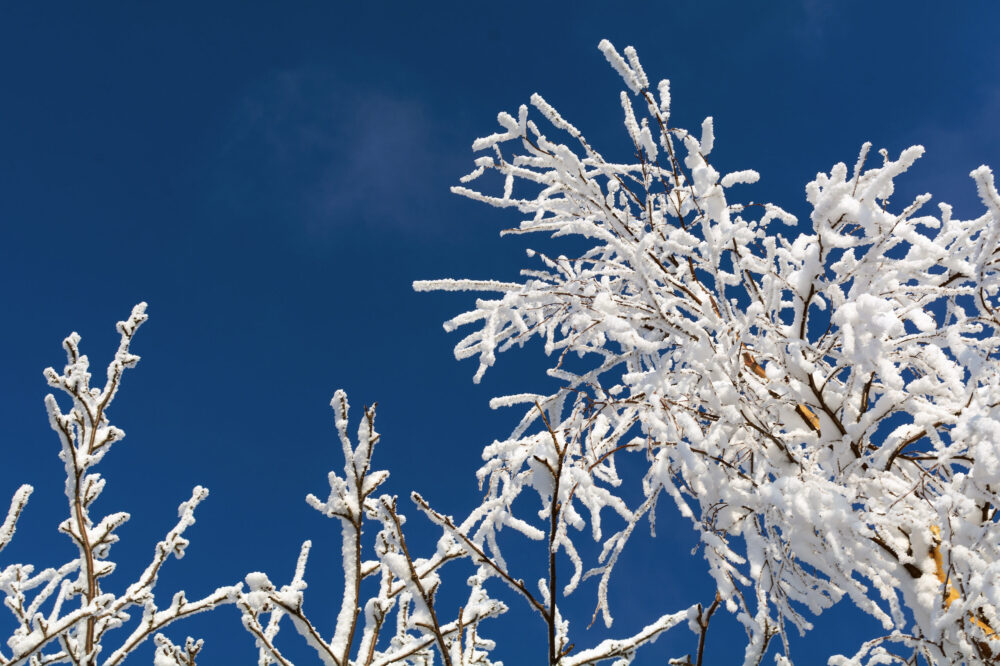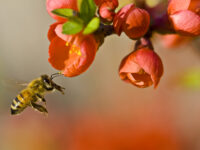Winter weather not only brings unexpected snow days, but can also lead to gene promotion and silencing which is integral in plant reproduction. Some plants, such as those in the genus Arabidopsis, “remember” seasonal cues during winter so they can best time their flowering. This allows this plant to time its reproduction for springtime through vernalization, which is the promotion of flowering after being exposed to periods of cold.
Some plants, such as those in the genus Arabidopsis, “remember” seasonal cues during winter so they can best time their flowering.
Vernalization essentially assists plants in developing “memory” and being able to detect temperature cues that allow them to reproduce at specific times of the year. During the winter cold, vernalization “cools” the seeds and makes them dormant, which helps them to flower at a greater pace during warm temperatures by “waking them up.” The plants that undergo this process, which include tulips, daffodils, turnips, and Arabidopsis, have a certain number of days wherein they need to be exposed to cold temperatures to trigger vernalization. For example, experiments have shown that Arabidopsis plants need approximately 30 to 40 continuous days of cold to time their reproduction correctly. This proves to be advantageous to these plants, as they are generally exposed to the cold during the winter months.
This repression is maintained throughout the winter period and is only lifted when the warmer, pollen-filled season of spring approaches
Scientists have been investigating the molecular and genetic causes of the vernalization phenomenon. One study from Nature found that Arabidopsis vernalization is controlled by a dominant gene Frigada (FRI), which played a role during the time the plants germinated. In Arabidopsis plants, it has been found that the Flowering Locus C (FLC) gene silences flowering, which is only overcome after a return to warm conditions. FRI is also known to be a flowering repressor, and when functioning in congruence with the FLC gene, flowering is strongly inhibited. This repression is maintained throughout the winter period and is only lifted when the warmer, pollen-filled season of spring approaches. Hence, FLC has been found to be a crucial characteristic of vernalization.
However, there is more to flowering than the repression of the FLC gene. Studies cloning FRI have shown that the recessive allele of the FRI gene, which causes plants to flower in the summer, is generally due to a loss-of-function mutation. Consequently, the summer annual plants are merely a derivative of the winter annuals, the only difference being the loss of the FRI gene.
Modern research has stipulated that the cellular memory aspect of vernalization is due to a modification of the chromatin structure of FLC which would be caused by histone changes.
Research has depicted the importance of cellular memory in both development and differentiation in various organisms that do not possess a brain and nervous system like humans. Histone modifications have been identified as causing tissue-specific and developmental gene expression. Modern research has stipulated that the cellular memory aspect of vernalization is due to a modification of the chromatin structure of FLC, which would be caused by histone changes.
There is a limited amount of information that has been found on how the plant is suddenly able to switch between the promotion of flowering and being silenced. However, the current research on identifying various histone modifiers as well as alternate genes that could play a role in flowering is extremely promising. Next time you’re out in the snow or sneeze in the spring and you see a plant, think about the genes that make that plant what it is.
Sources:
Current Opinion in Plant Biology (2004). DOI: 10.1016/j.pbi.2003.11.010
Nature (2021). DOI: 10.1038/s41586-021-04062-5
Image courtesy of LibreShot






